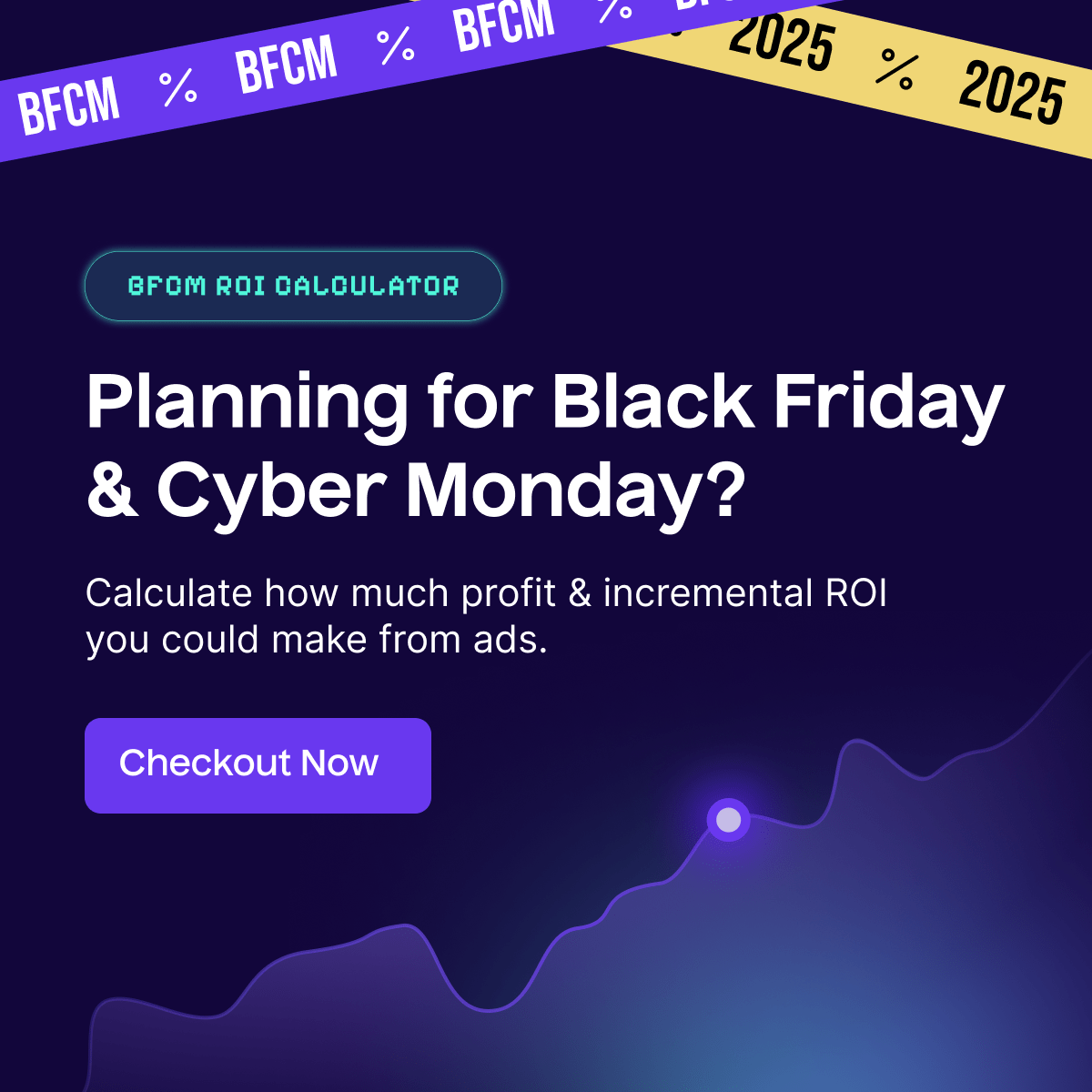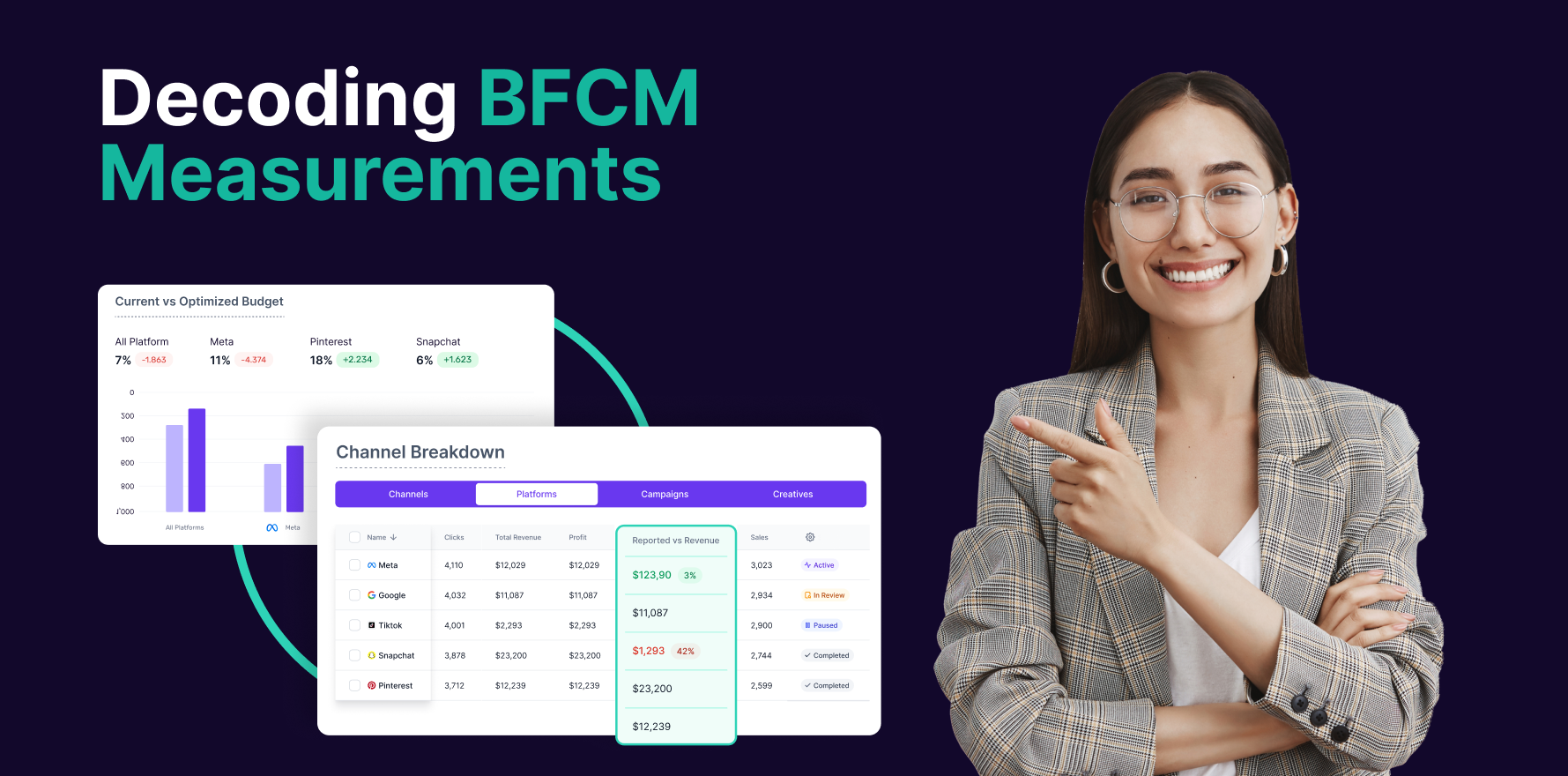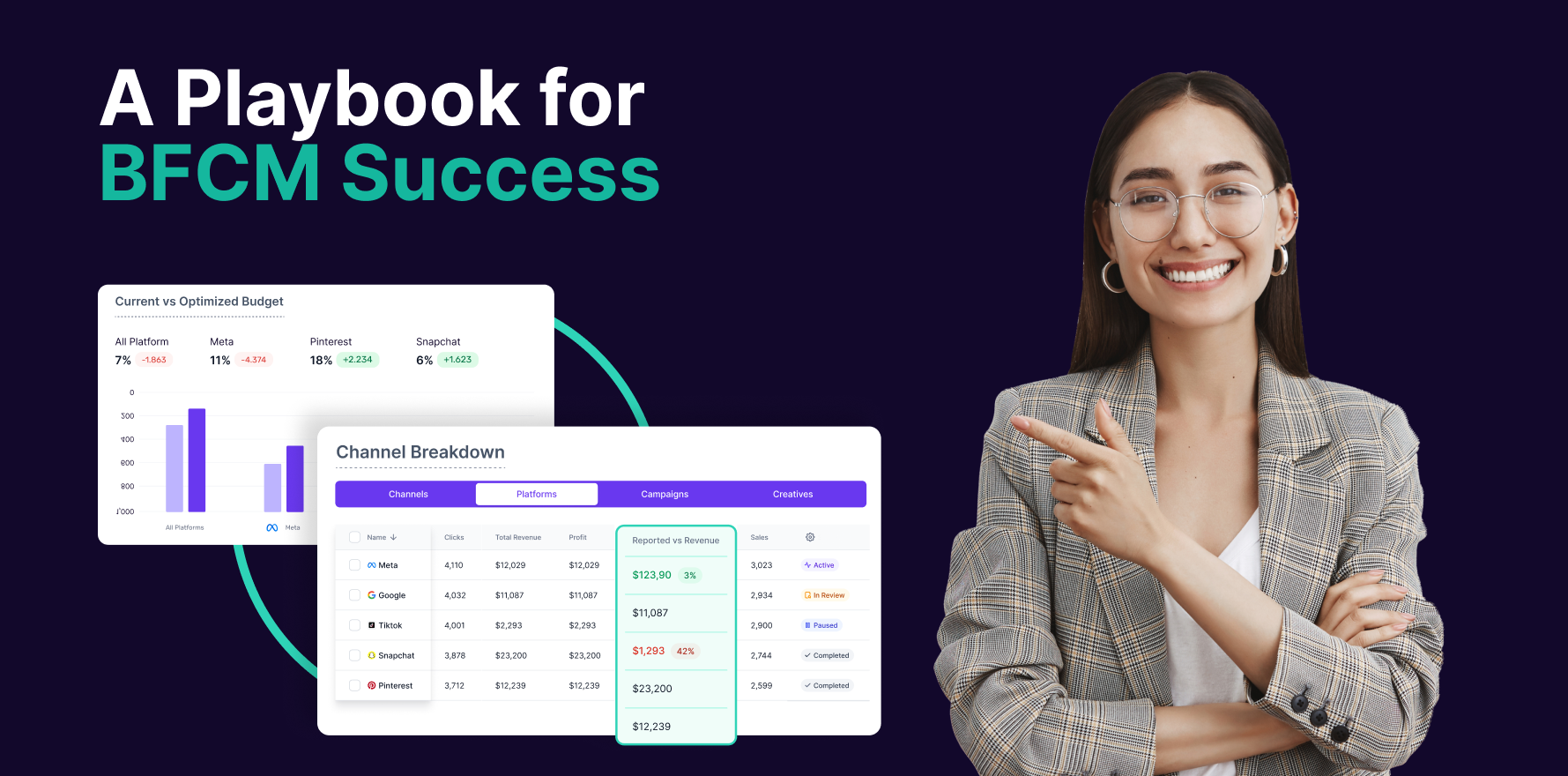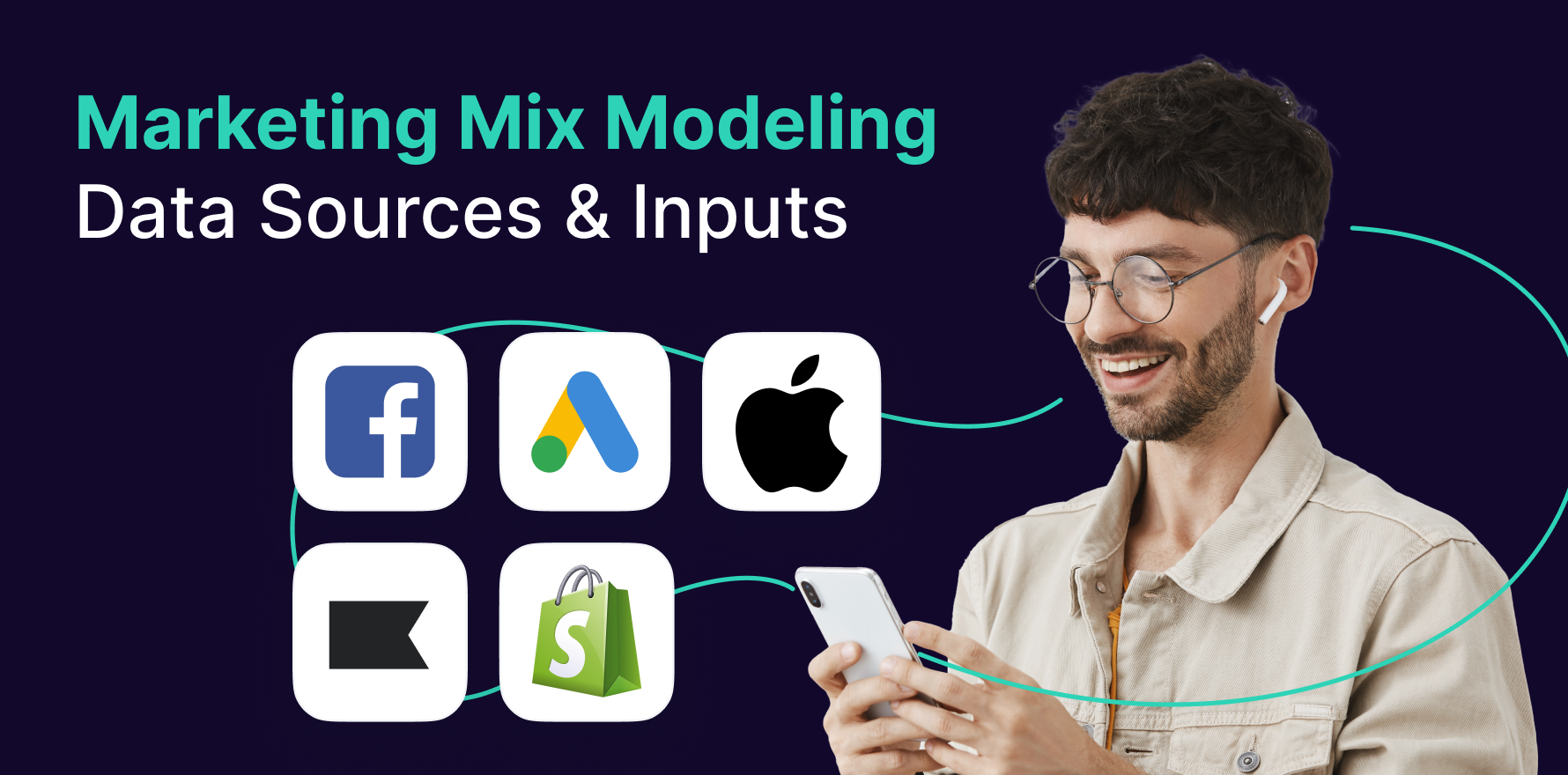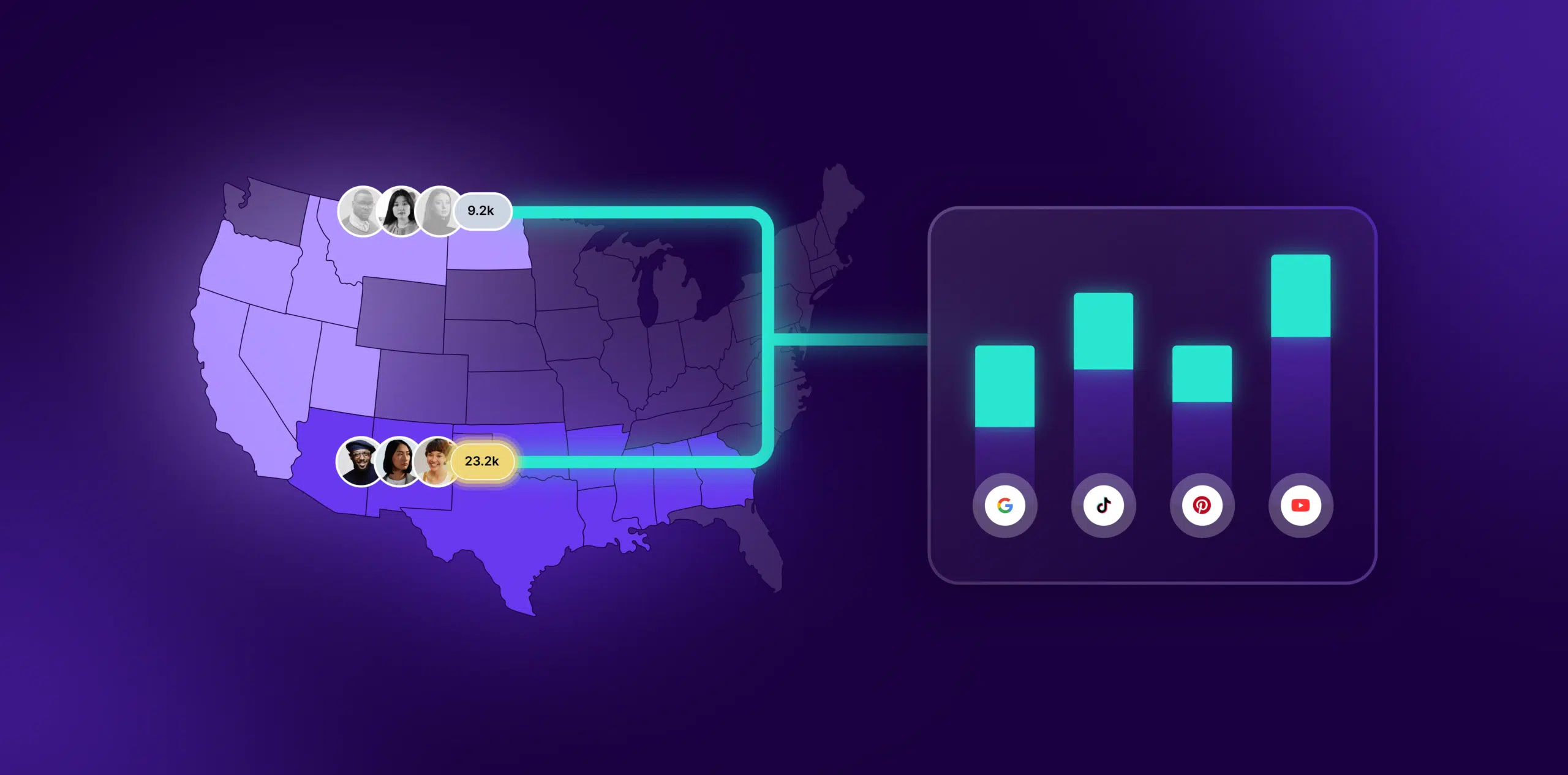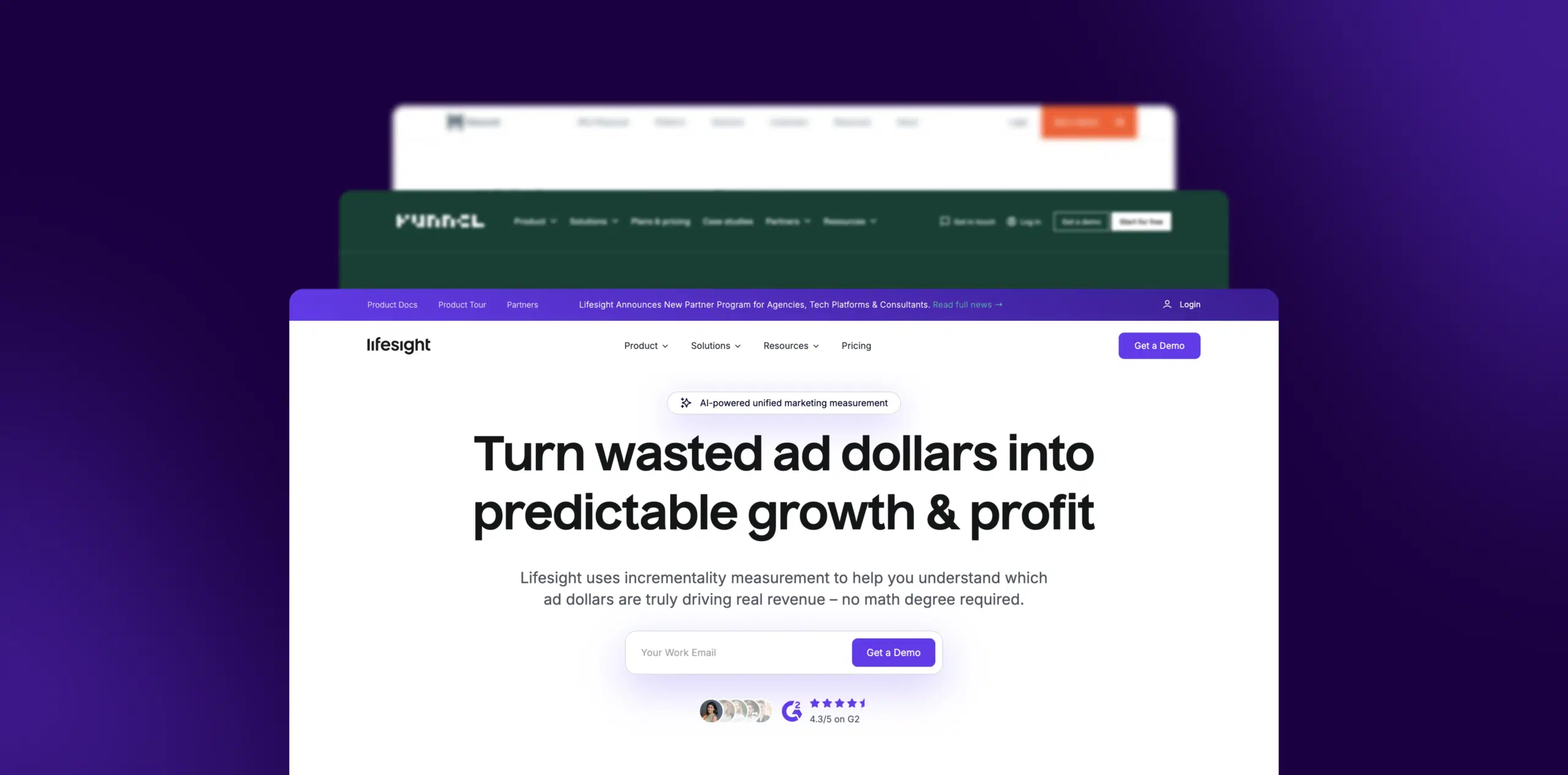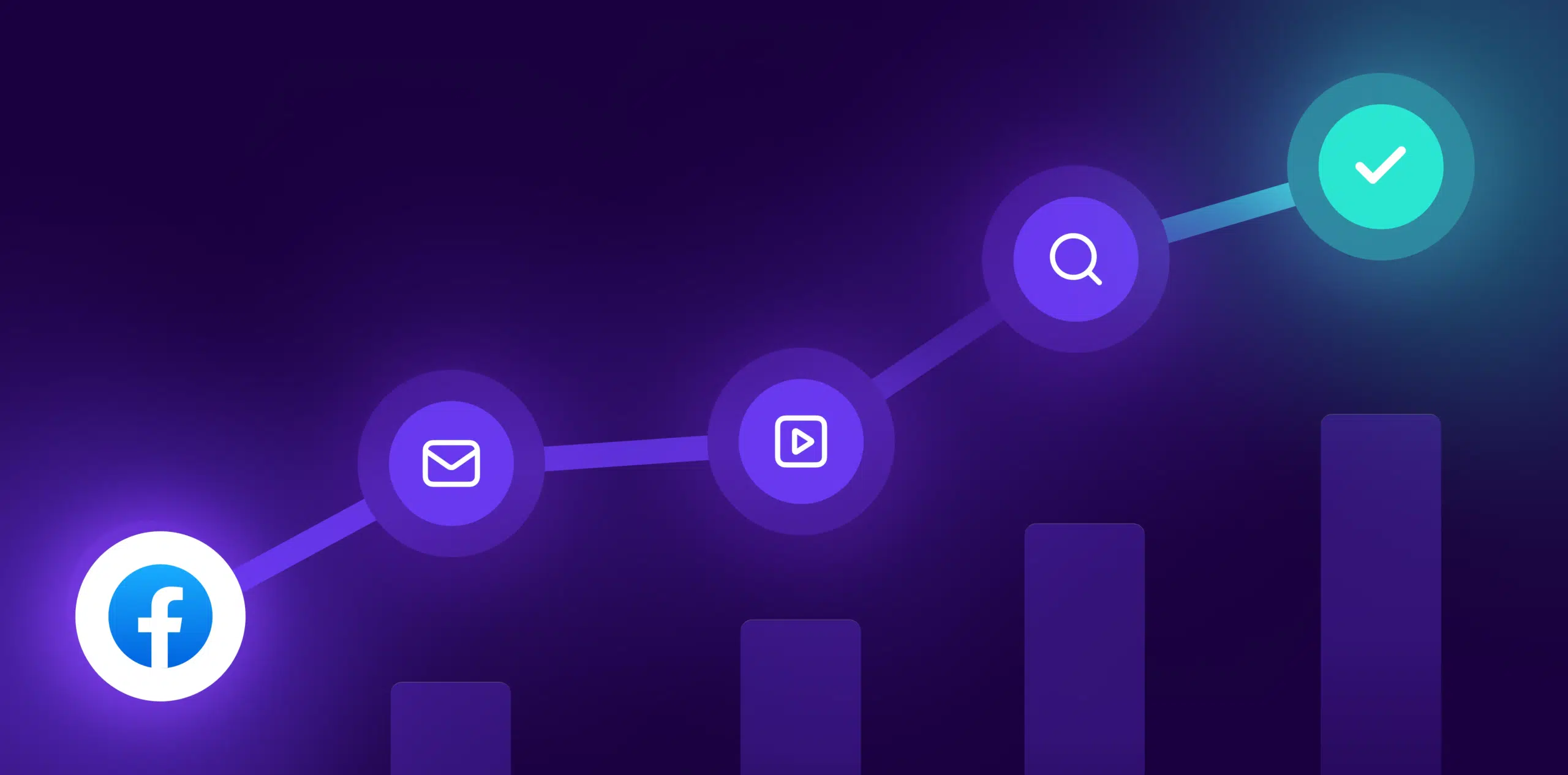What is Hard & Soft Email Bounce?
Hard and Soft Email Bounces are potential hindrances in an eCommerce business’s email marketing communication. Both terms refer to situations where the sent email fails to reach the receiver’s inbox. Email bounces are broadly classified into two types: ‘Hard Bounce’ and ‘Soft Bounce’.
Formula
Email Bounce Rate = (Total number of bounced emails / Total number of emails sent) * 100
Example
In an email marketing campaign, if you send out 1000 emails, and 40 emails bounce, your email bounce rate would be 4%.
Why is Hard & Soft Email Bounce important?
Email bounce rates significantly affect the effectiveness of email marketing campaigns. High bounce rates can severely compromise the credibility of your email server, leading to your emails being classified as spam by ISPs.
Which factors impact Hard & Soft Email Bounce?
- Quality of email lists
- Email content and size
- Frequency of emails sent
- Server reputation
- Recipient’s server status
How can Hard & Soft Email Bounce be improved?
- Regularly Update Email Lists: Remove inactive or invalid email addresses to maintain a healthy list.
- Use Double Opt-In: It’s a two-step process where subscribers must confirm their email address after subscription, ensuring authenticity.
- Check Email Frequency: Sending too many emails can lead to full inboxes resulting in soft bounces. Maintain a balanced frequency.
- Keep Email Sizes Optimal: Some servers restrict the size of emails they receive. Ensure your email size is within universally accepted limits.
What is Hard & Soft Email Bounce’s relationship with other metrics?
Reduced email bounce rates improve your open rates, click-through rates (CTR), and overall email deliverability, thereby directly contributing to engagement and conversion metrics. A good email deliverability rate is a key driver in successful eCommerce marketing strategies.
Free essential resources for success
Discover more from Lifesight
